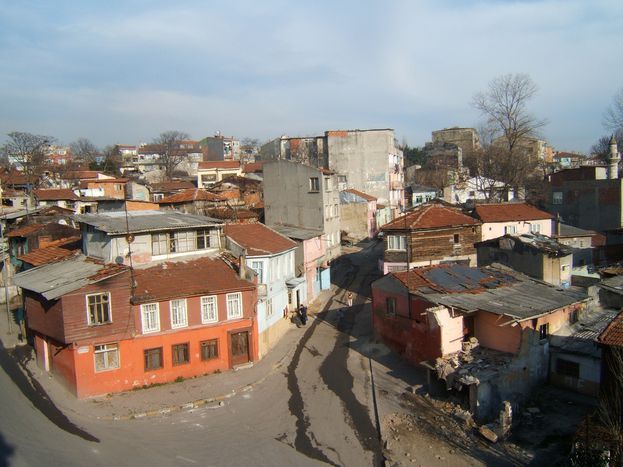Sulukule
2020
In 2006, the Metropolitan Municipality Council approved the Sulukule Urban Regeneration Project. It aimed to provide 480 ‘Ottoman style’ wooden houses, along with a variety of services to reinvigorate the local economy and promote tourism. Expropriation and demolition of the existing houses was key to the implementation of the plan; existing residents, including a large Romani community, either had to buy the new houses or accept compensation and settle in Taßsoluk, in the outskirts of Istanbul.
As a reaction to the plan, activists created the Sulukule Platform defending the rights of the Romani (local) culture. Supported by the Chamber of Architects, Union of Chambers of Turkish Engineers and Architects, academics, independent researchers, locals, social workers and professionals, they organised conferences, meetings, and festivals to attract local and international attention. The aim of the Sulukule Platform was to form an urban coalition challenging tourism-led regeneration and to defend Romani culture. The experience of urban resistance encouraged locals to openly express their Romani identities; until then many had been hesitant to do so.
The Chamber of City and Regional Planners appealed to the court arguing the project constituted a violation of human rights, yet lack of formal documentation on property and tenure structures complicated the defence of the residents. Accepting expropriation or accepting the low payments led to fragmentation of communities and the eventual break-down of the movement. Demolitions ended in 2009. Approximately 500 families were displaced under the direction of police forces. With them local cultural heritage has been erased replaced by an imaginary ‘authenticity’ as a driver of a tourism-led regeneration. Still the work of the Sulukule Platform is an example of civil society action towards a more socially just regeneration practice when social justice is left out of top-down policy agendas.
